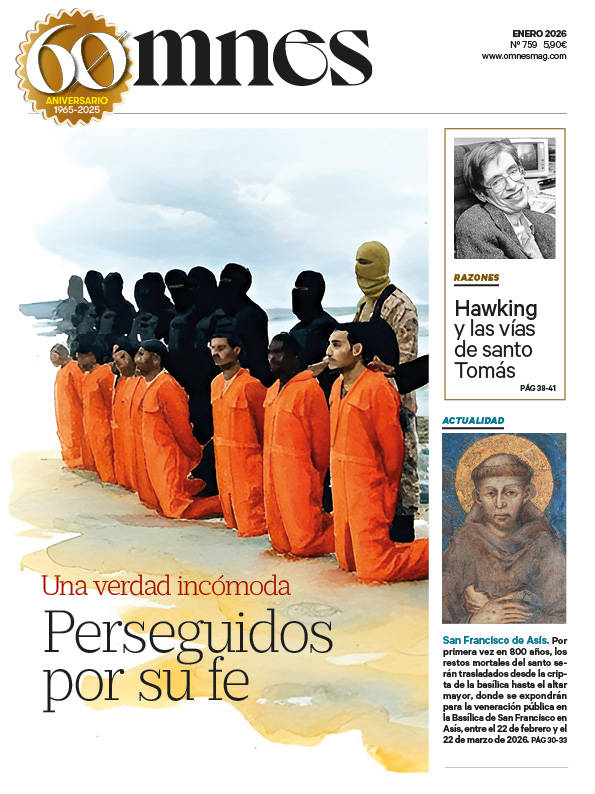Dated October 1, 2024, the new motu proprio issued by Pope Francis titled ".La vera bellezza"(True Beauty), a measure with which he intervenes on the structure of the Diocese of Rome in an attempt to resolve the long-standing problems arising from the urban separation between the historic center and the periphery. A decision that is not only an administrative measure, but a pastoral response to a challenge that concerns the identity and mission of the diocese of which the Bishop of Rome is the head and which, as such, presides in charity over all the other particular Churches of the world.
Reasons for the reform
The choice of Pope Francis has a fundamental reason: in recent decades, the urban growth of Rome has created a clear division between the historic center and the suburbs. While the core closest to Vatican City, but also to the other papal basilicas, has become a symbolic place and an exclusive destination for pilgrims and tourists, the peripheries have developed rapidly, creating at the same time new pastoral and social needs.
This made it necessary to think of a reorganization that would integrate the historical center into the pastoral dynamics of the peripheries. In this sense, the characteristic "five prefectures" of the Central Sector will be distributed in the four existing peripheral sectors: North, East, South and West. The objective - the Pope explains in the motu proprio - is to favor greater unity in pastoral management and to make the historic center more accessible to all the faithful of the diocese, not only to pilgrims and tourists.
After all, the very center of Rome, with its churches rich in history and art, should not be perceived as a place separate from the daily life of the city, but as an integral part of the spirituality and faith lived by the Romans. In this sense, the upcoming Jubilee of 2025 may be an opportunity to strengthen this link: even the faithful in the suburbs will be more inclined to rediscover the spiritual heritage of the historic center. Obviously, it will be "a path that will require several months of work".
Pastoral continuity
As may be evident, this measure is part of the broader context of the attention that Pope Francis has always paid to the needs of the poor. peripheriesboth geographically and existentially. From the beginning of his pontificate, the Pontiff has insisted on the need for a Church that goes out of her security to reach out to everyone, especially the most marginalized. The reorganization of the Diocese of Rome reflects this vision: eliminating the division between the center and the peripheries means promoting a Church that is more united and capable of witnessing to its mission more effectively.
Four principles
The motu proprio "True Beauty" is based on four principles of the Social Doctrine of the Church, which Francis had already highlighted in his apostolic exhortation "Evangelii Gaudium": "time is superior to space", "reality is more important than the idea", "unity prevails over conflict" and "the whole is superior to the part". Principles that he now applies to his diocese, with the aim of building a Church that is more open, inclusive and capable of responding to the challenges of the present and the future.
In particular, Pope Francis stresses that time is a crucial element in pastoral life: time to encounter Christ, time to grow in faith and time to live in community.
An invitation to rediscover the beauty of ecclesial unity and to live the faith in a more integrated way, towards a future of greater communion, charity and openness. In this way, Rome is confirmed as a spiritual point of reference for the whole world.








